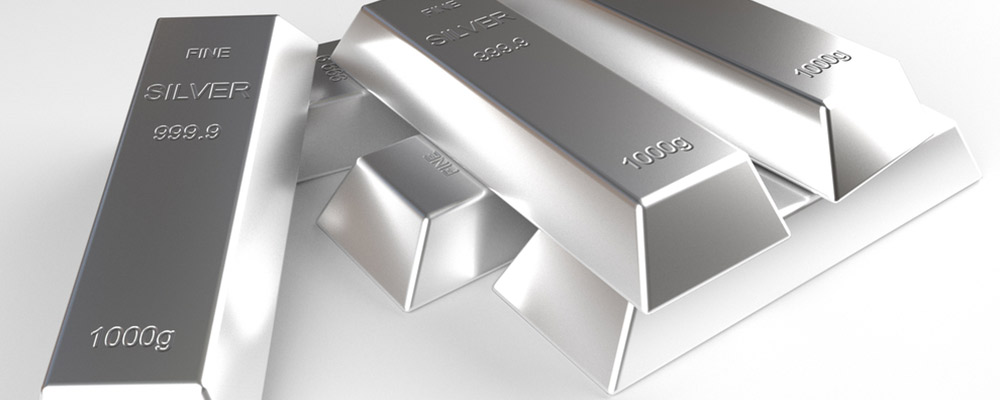Our Products

Traditionally, various treatment processes against microbial infections were in practise depending on the usage of different components that can inhibit the growth or kill the microorganisms.Since around 400 B.C. silver has long been known and documented for its antimicrobial properties when Hippocrates described its use to enhance wound healing and for preserving water and food specially milk.In metallic (elemental) form, silver is unresponsive and cannot kill bacteria. To become bactericidal, silver atoms (denoted as Ag or Ag 0 ) must lose an electron and become positively charged silver ions (Ag + ) (2). Elemental silver ionizes in air, but ionizes more readily when exposed to an aqueous environment so it reacts with the moisture in the skin and the fluid of the wound and gets ionized. It has been observed that silver atoms bind to thiol groups (−SH) in enzymes and subsequently cause the deactivation of enzymes that are involved in transmembrane energy generation and ion transport.


